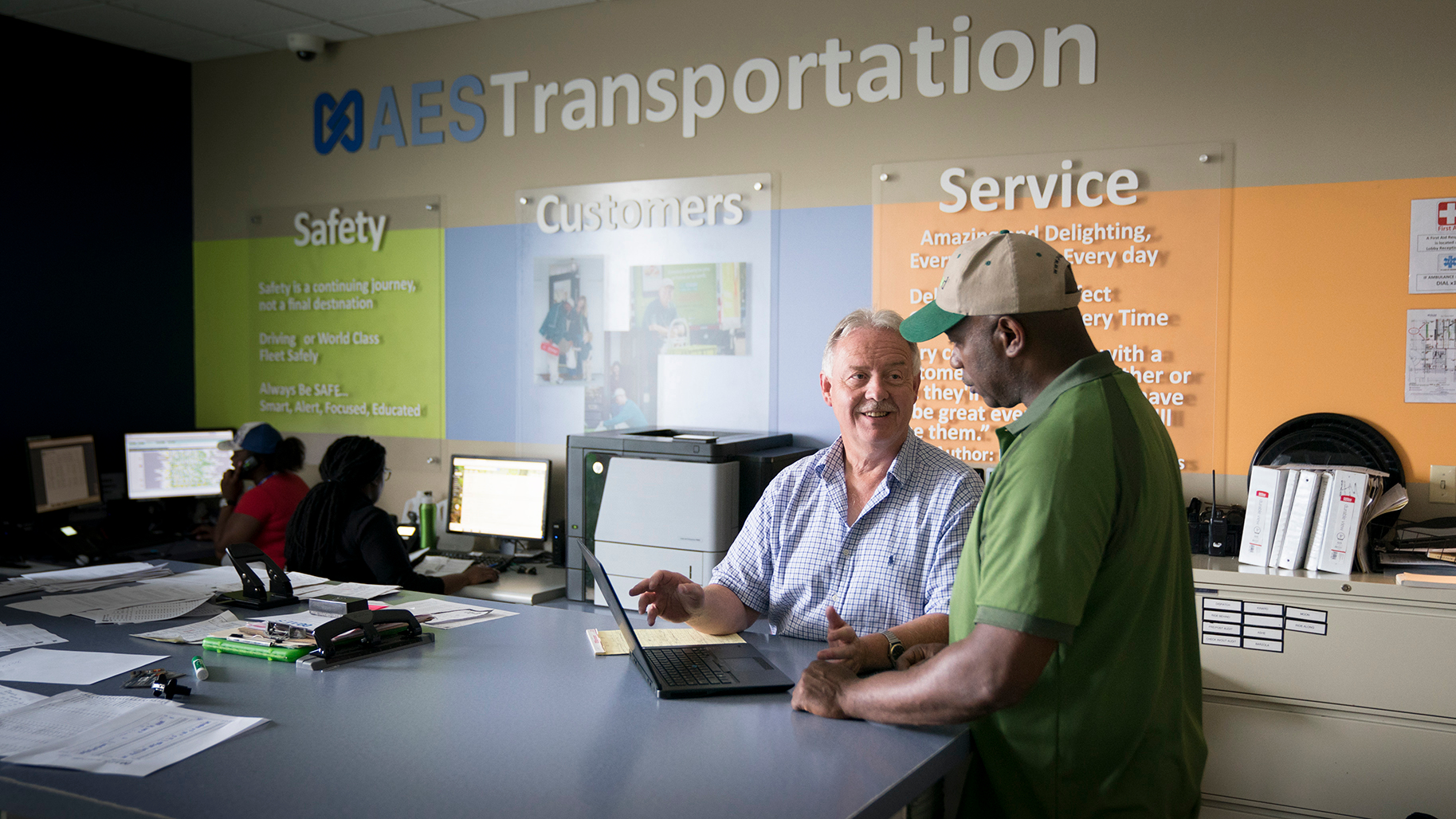Finding workers who are a great fit for your organization can be like looking for a needle in a haystack. And keeping them? That can be even harder. Since employee turnover is costly in every aspect, when you add talented workers to your staff, it’s wise to keep them. As Forbes noted in a recent coaching article: “Great companies are a result of great people. But the challenge is retaining and developing great people.”
How can commercial fleet managers retain and develop great drivers and coaches? There are many creative retention ideas, but an innovative incentive program, coupled with effective coaching, are two great places to start. Here’s how these programs can work together to make your drivers and coaches feel invested in—and inspire them to stay.
Invest in your best people through coaching
“It’s all in the approach.” We’ve all heard it before. But you could just as easily say, “It’s all in the way you coach.” Just as teachers have perfected the art of constructive criticism, driving coaches have refined the way they craft their sessions. And it’s just as important to support and mentor coaches themselves to help them learn the most effective ways to provide that essential feedback to drivers.
“One trick to making employees feel cared for when you’re coaching is this: Keep it positive,” said Jeff Martin, Lytx VP of Global Sales Strategy. “Being upbeat and maintaining a calm, optimistic tone helps develop relationships and shows workers that they’re a priority.”
Every time you sit down with a driver or coach to help him or her improve, you’re letting them know you’re investing in their future. And that sends a strong message. “Employee retention requires making employees feel invested in and not just utilized for their productivity,” Forbes notes. “One of the best ways to keep great employees feeling cared for and engaged is through coaching programs.”
Continuous training changes habits ‘for good’
The best coaching connects with employees on a personal level and instills a “safety first” mentality that lasts. Continuous training, like that encouraged by the Lytx DriveCam® safety program, for example, can change habits for good. By helping drivers and coaches develop safe and productive techniques, coaching can transform good workers into great workers, setting them up to retain their jobs long-term.
“Beyond helping employees learn new skills, coaching helps improve self-confidence and morale,” asserts TalentCulture, an organization dedicated to innovation in the workplace. Eighty percent of professionals who received coaching reported boosted self-esteem, and 63 percent saw a positive change in their overall wellness. That’s no coincidence. “When you give people the tools they need to do their jobs better, it follows that they will be happier and more confident at work,” they stated.
In the commercial driving world, coaching fosters a strong safety culture. And that puts drivers and coaches in position to not only keep their jobs, but also to get promoted and rewarded for a job well done.
An incentive program can motivate drivers and coaches to focus on safety
Sure, coaching is a great way to develop your drivers and coaches. But you also want to make goal setting fun for them. That’s where incentives come in. Whether it’s getting to see their names on a safety leaders list or being acknowledged at an awards breakfast, recognition can lead to better results that keep your fleet running safely and smoothly.
“Well-designed incentive programs are great motivators that spur team engagement and lead to better performance,” Martin said. “Reward programs that are too broad with unclear objectives may not direct drivers and coaches to the desired results. Managers who design incentive programs that are narrower in scope and encourage improvement in a few specific behaviors will see the best results.”
Forbes backs up these points, saying that “for incentives to work, they need to be unambiguous and directly tied to a measurable action or achievement.” Otherwise, there’s a risk of underperformance and low job satisfaction.
Incentives don’t have to be cash rewards
An incentive program doesn’t have to cost much. And, Martin said, there are better options than cash rewards. A simple word of praise goes far, especially when it’s shared in front of others.
“You don’t have to break the bank with your incentive program ideas,” Martin said. “Simply listing your safest drivers and best coaches will motivate others to make that list every week.” Whether it’s airing videos of safe driving in the break room, or treating a coach to lunch, recognizing strong performance can be free or inexpensive.”
However you choose to tackle incentives, remember this: There’s value in having them. And the clearer your rewards program is laid out, the more obtainable rewards will be for your team.
Coaching and incentives pay off
The bottom line is, by combining coaching and incentives, your team will know you see and appreciate their hard work. Using these two programs in tandem will reinforce that you are investing not only in the careers, but the personal growth of your drivers and coaches. This simultaneously builds morale and a strong safety culture. The ultimate payoff is increased retention rates and lower costs (on everything from hiring and training to dealing with collisions) for your fleet. And all it takes is a concerted effort to put these programs—which do not have to cost much—in place.
